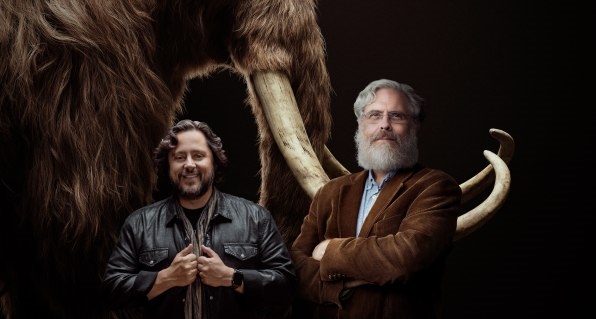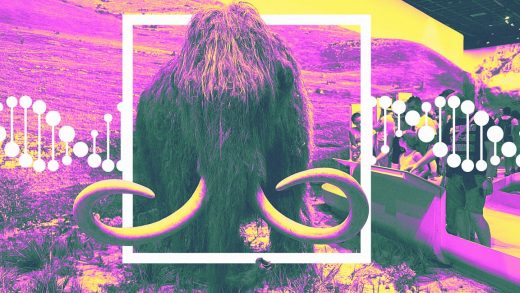This startup really is trying to create living woolly mammoths from DNA
You’ve never seen a woolly mammoth because they went extinct about 10,000 years ago. But what if we could “de-extinct” them? A startup called Colossal, cofounded by Harvard Medical School genetics professor George Church, aims to bring a version of the animal back to the Arctic within a decade.
Church, who helped launch the new company with tech entrepreneur Ben Lamm, was inspired in part by Russian scientists who have been working to bring bison to Siberia in a bid to slow down climate change. When mammoths and other large herbivores disappeared from the area thousands of years ago, so did local grasslands. The theory is that the forests that replaced them have sped up the melting of the permafrost. Snow insulates the ground in the winter and keeps it warmer, and in a grassland, animals trample the snow, which cools the soil further. In a forest, the ground is more exposed, and the dark bark on trees also absorbs heat more. The bison, yaks, and other animals that have already been introduced in a remote corner of Siberia can help grassland restoration by eating small trees, but they can’t play the role of a mammoth, which would—if it were not extinct—trample more snow, and also knock down trees.

[Photo: courtesy Colossal]
The new company isn’t trying to fully resurrect a woolly mammoth but plans to edit dozens of genes in elephants, which already share more than 99% of the mammoth’s genome, so that the hybrid animal can survive in the Arctic. The animal will have a thick layer of fat, a woolly coat, and small ears. In his lab, Church has already tested two key genes, including a gene for hemoglobin that lets the body exchange oxygen when the temperature of the skin is close to freezing. “Those [genes] have both been proven functionally, not just brought back at a DNA level,” he says. “So we’re on our way. Two down, maybe 40 to go.”
In separate work with another startup, Church genetically edits organs in pigs for transplant into humans. The basic process will be similar, although in pigs, edited cells are transplanted into a surrogate mother; because Asian elephants are endangered, the startup plans to grow them in artificial wombs instead. One small hitch: Artificial wombs don’t yet exist. But the company is—perhaps unrealistically—optimistic about the steps to follow.
“Most of the science has been solved,” says Lamm. “It’s really just some of the challenging engineering aspects that we’re now working through. And so our goal is four to six years to have our first calves. We think it’s an aggressive goal. But we think it’s doable based on where we are.”
Whether it’s actually a good idea is another question. Other researchers have highlighted some of the potential risks of reintroducing extinct species to an ecosystem; it isn’t clear how other species might be impacted. (It’s also somewhat questionable how the elephant-mammoth hybrids might be impacted, as the Arctic quickly warms and dozens or hundreds of wildfires burn each year.) There are also hundreds of other less risky ways to address climate change.
Church argues that if introducing the animals doesn’t go well, it’s reversible. “It’s not like introducing an insect,” he says. “These are relatively large species that we can track. So it’s obviously something that we can monitor and roll back if needed.”
The basic technology could also potentially be used to help save some species that are on the verge of extinction now. Scientists could “genetically back up a species,” Lamm says, and perhaps make genetic edits so that animals are better able to survive droughts, heat, or other aspects of a changing planet.
(28)



